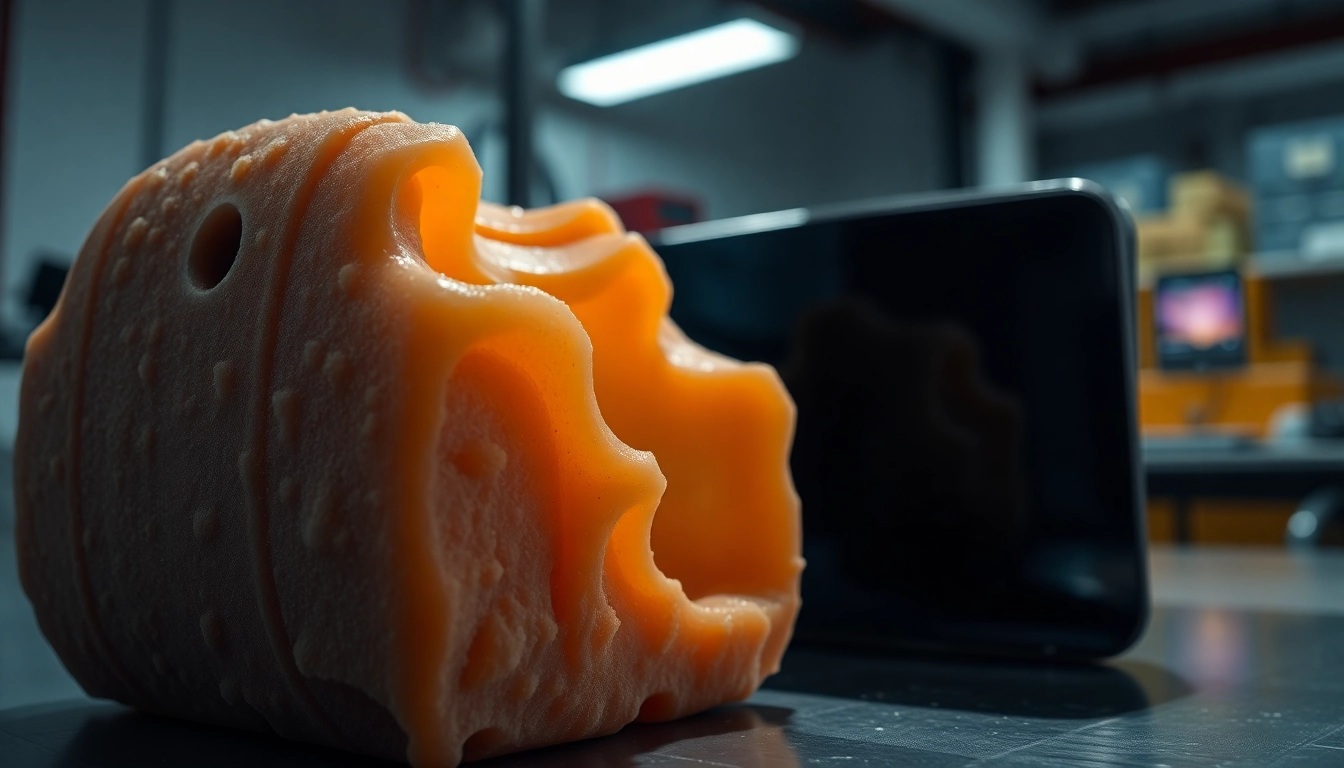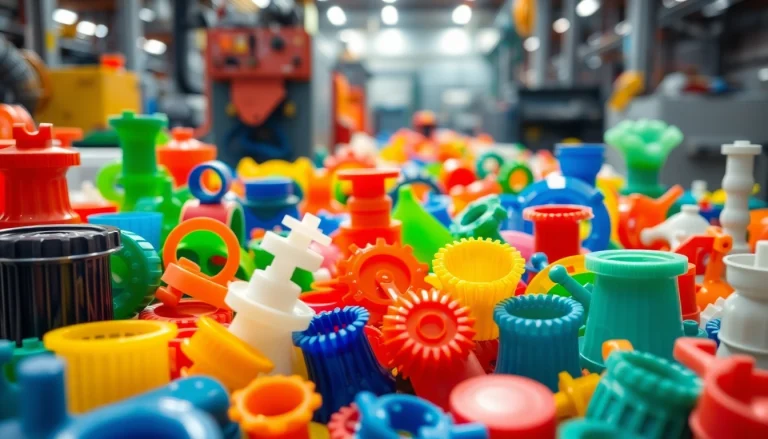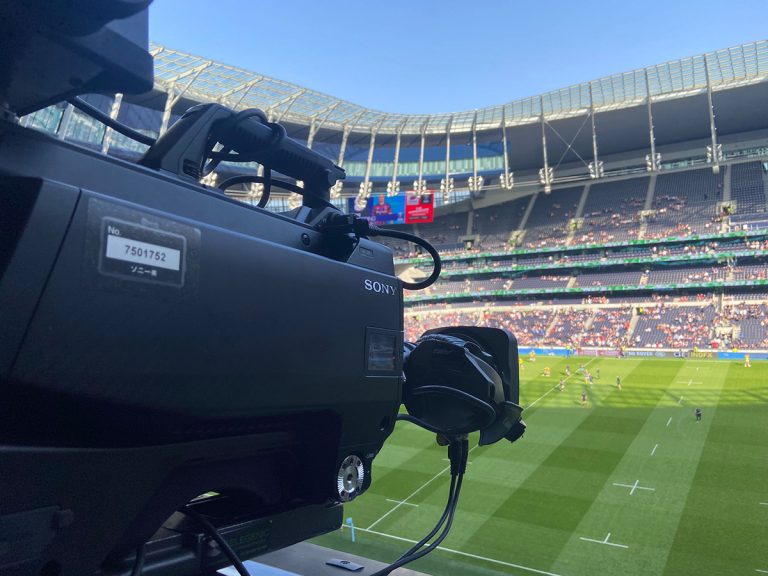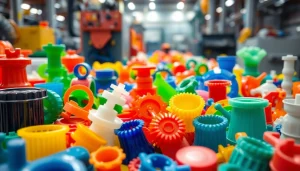Understanding Blow Moulded Plastic Parts
Blow moulded plastic parts are integral to various industries, showcasing a manufacturing process that combines efficiency and versatility. At the core of this manufacturing technique lies blow moulding, a method focused on forming hollow plastic components through the application of heat and air pressure. This article delves into the complexities of blow moulding, covering everything from the types of processes involved to the materials used, advantages, applications, challenges, and future trends in this dynamic field. For those interested in professionally crafted blow moulded plastic parts, understanding the underlying principles is essential.
What is Blow Moulding?
Blow moulding is a sophisticated manufacturing process designed to create hollow plastic parts, significantly utilized in producing containers, bottles, and various other products. The essence of blow moulding involves heating a thermoplastic material until it reaches a molten state, then forming it into a parison (a hollow tube), which is subsequently inflated within a mould. This inflation process allows the material to conform precisely to the mould’s shape, resulting in accurately formed hollow objects. As such, blow moulding stands out not just as a process but as a versatile method capable of producing a wide range of shapes and sizes.
The Types of Blow Moulding Processes
The blow moulding process can be categorized into three primary types, each with its unique applications and advantages:
- Extrusion Blow Moulding (EBM): This method involves extruding a tube of molten plastic, which is then cut to the desired length. The tube is inflated using air, allowing it to expand into the shape of the mould, ideal for larger hollow items.
- Injection Blow Moulding (IBM): In this technique, a preform is created through injection moulding. The preform is then transferred to a blow mould where air is injected to shape it into the final product. IBM ensures high precision and is often used for small, intricate parts.
- Injection Stretch Blow Moulding (ISBM): Combining elements from both injection moulding and blow moulding, ISBM precuts the preform to a specific length and then stretches it while inflating in the mould. This method is particularly effective for producing bottles and containers where strength is critical.
Materials Used in Blow Moulding
The choice of material plays a crucial role in the blow moulding process. Common materials utilized include:
- Polyethylene (PE): Available in high-density (HDPE) and low-density (LDPE) forms, polyethylene is renowned for its durability, chemical resistance, and recyclability, making it ideal for various applications.
- Polypropylene (PP): Lightweight and resistant to chemicals, PP is often used for consumer goods and automotive parts.
- Polyethylene Terephthalate (PET): This material is commonly chosen for beverage bottles due to its excellent clarity, strength, and recyclability.
- Polyvinyl Chloride (PVC): PVC’s versatility makes it suitable for a range of items, particularly in the construction industry.
Advantages of Blow Moulded Plastic Parts
Blow moulding offers numerous advantages that make it an attractive option for manufacturers across various industries.
Cost-Effectiveness in Production
One of the primary advantages of blow moulding is its cost-effectiveness. The ability to produce hollow parts without the need for complex tooling helps reduce manufacturing costs. Since blow moulding can create multiple parts in a single production run, it enhances efficiency and lowers per-unit costs. Additionally, the materials used in blow moulding are often less expensive compared to other types of moulding processes, allowing companies to maximize their return on investment.
Design Flexibility and Customization
Blow moulding allows for significant design flexibility, accommodating various shapes, sizes, and volumes tailored to the specific needs of products. Engineers can design innovative and unique products, offering customization options that meet evolving market demands. This capability makes blow moulding particularly suitable for industries that require specific design attributes, such as ergonomic shapes or branding elements.
Durability and Lightweight Characteristics
Blow moulded plastic parts are typically lightweight yet durable, making them an ideal choice for applications where weight reduction is essential without sacrificing strength. This characteristic is especially beneficial in the automotive and packaging sectors, where lighter materials can contribute to improved fuel efficiency and reduced shipping costs, respectively.
Applications of Blow Moulded Parts Across Industries
The versatility of blow moulding enables its utilization across a wide range of industries, each with unique requirements and specifications.
Consumer Products and Packaging
In the consumer products sector, blow moulding is extensively used to create items such as bottles, containers, and household products. The packaging industry, in particular, relies heavily on blow moulding due to its ability to produce lightweight, sturdy containers that can be customized for different products, including food and beverages. Companies increasingly prioritize convenience and sustainability, leading to innovations in design and materials that meet consumer expectations for eco-friendly packaging.
Automotive Industry Usage
In the automotive industry, blow moulded parts are utilized for various applications, including fuel tanks, air intake ducts, and other key components. The lightweight nature combined with strength makes blow moulding an ideal choice for manufacturers striving to reduce vehicle weight and enhance fuel efficiency. Moreover, the ability to integrate multiple components into a single blow moulded piece significantly simplifies assembly processes and reduces overall production time.
Medical and Pharmaceutical Applications
Blow moulded plastic parts find critical applications in the medical and pharmaceutical industries. Devices such as syringes, inhalers, and medical containers often utilize blow moulding due to the stringent standards for hygiene and safety. The precision inherent in blow moulding ensures that these products meet regulatory requirements while providing the necessary functionality and reliability needed in medical applications.
Challenges in Blow Moulding Production
Despite its advantages, blow moulding is not without challenges. Manufacturers must be aware of potential issues to ensure the efficient production of high-quality parts.
Common Manufacturing Issues
Common issues associated with blow moulding include defects such as warping, uneven thickness, and blow-out failures. These problems can arise due to improper material processing, inadequate mould design, or fluctuations in temperature. To minimize these defects, manufacturers must invest in quality control measures and ensure proper training for their staff on best practices in production.
Quality Control and Standards
Quality control is paramount in blow moulding production. Due to the mass production nature of the process, ensuring consistency in the quality of parts is crucial. Implementing rigorous testing protocols, including dimensional checks, pressure testing, and clarity assessments, can help maintain standards. Adhering to international manufacturing standards such as ISO ensures that products meet required specifications for various industries.
Environmental Considerations and Sustainability
As environmental concerns rise, blow moulding manufacturers face pressure to adopt sustainable practices. This may involve utilizing recyclable materials, implementing energy-efficient machinery, and reducing waste through better inventory management. Additionally, a growing focus on circular economy principles encourages companies to rethink their design strategies and product life cycles, leading to more sustainable manufacturing practices.
Future Trends in Blow Moulded Plastic Parts
The blow moulding industry is evolving rapidly, influenced by technology, consumer preferences, and regulatory changes.
Innovations in Materials and Technology
Advancements in material science have opened avenues for new polymer blends and composites that improve the performance and recyclability of blow moulded products. Techniques such as 3D printing are also being explored to complement traditional blow moulding, enabling the rapid prototyping of moulds and parts. Automation in production processes can further enhance efficiency and minimize human error in the manufacturing cycle.
Market Demand and Growth Prospects
The global blow moulding market is experiencing significant growth, driven by increasing demand from the packaging and automotive sectors. As sustainability becomes a priority, manufacturers are likely to focus on developing biodegradable and recyclable blow moulded products. This shift not only meets consumer demand but also aligns with regulatory trends aimed at reducing plastic waste.
Regulatory Changes and Industry Impact
Changes in regulations regarding product safety, environmental impact, and sustainable practices will invariably shape the future of blow moulding. Companies must stay ahead of regulatory developments to ensure compliance, avoid penalties, and maintain a competitive edge in an increasingly eco-conscious marketplace. Emphasizing sustainable design and manufacturing practices will be crucial for long-term success in the industry.






